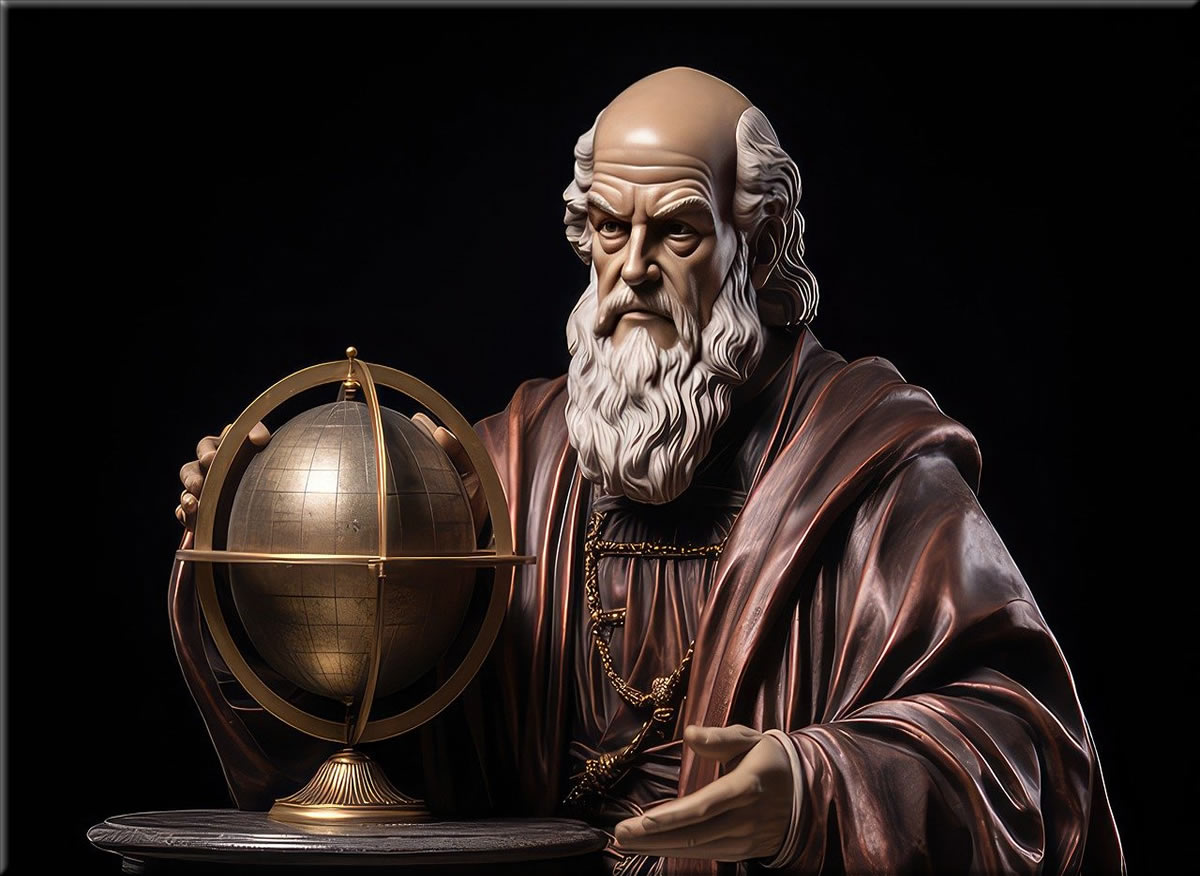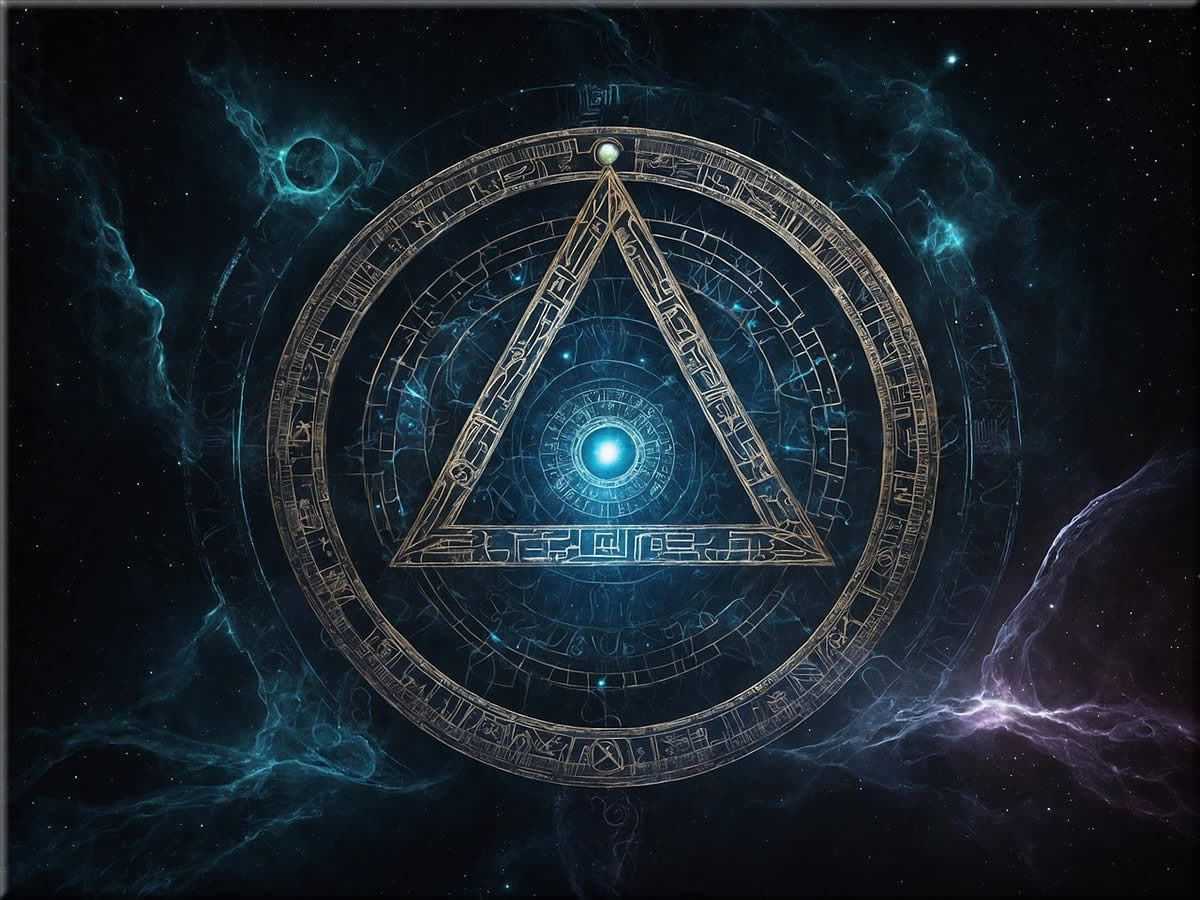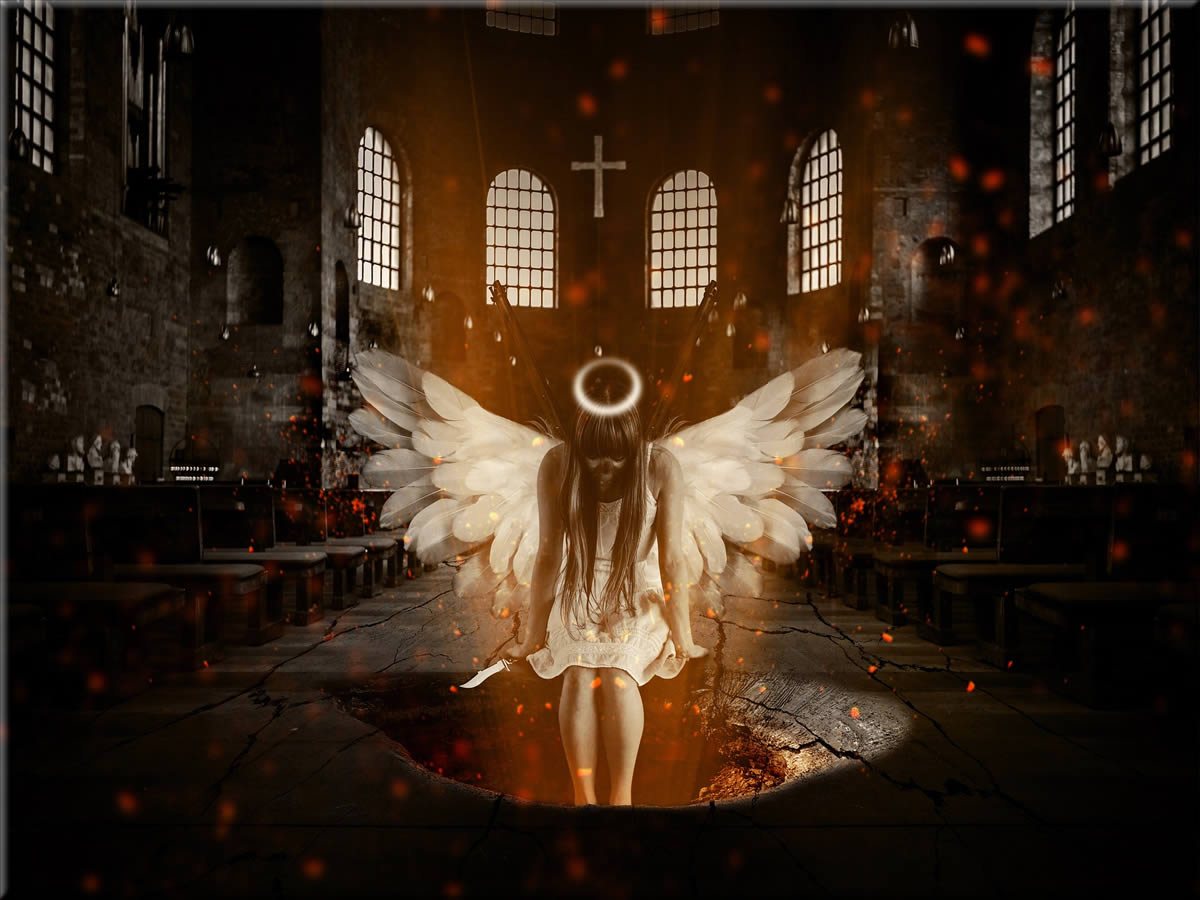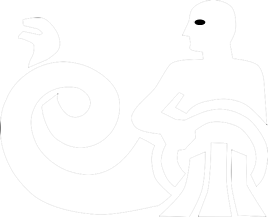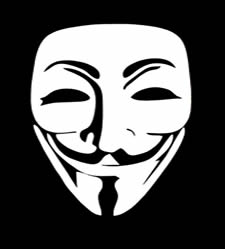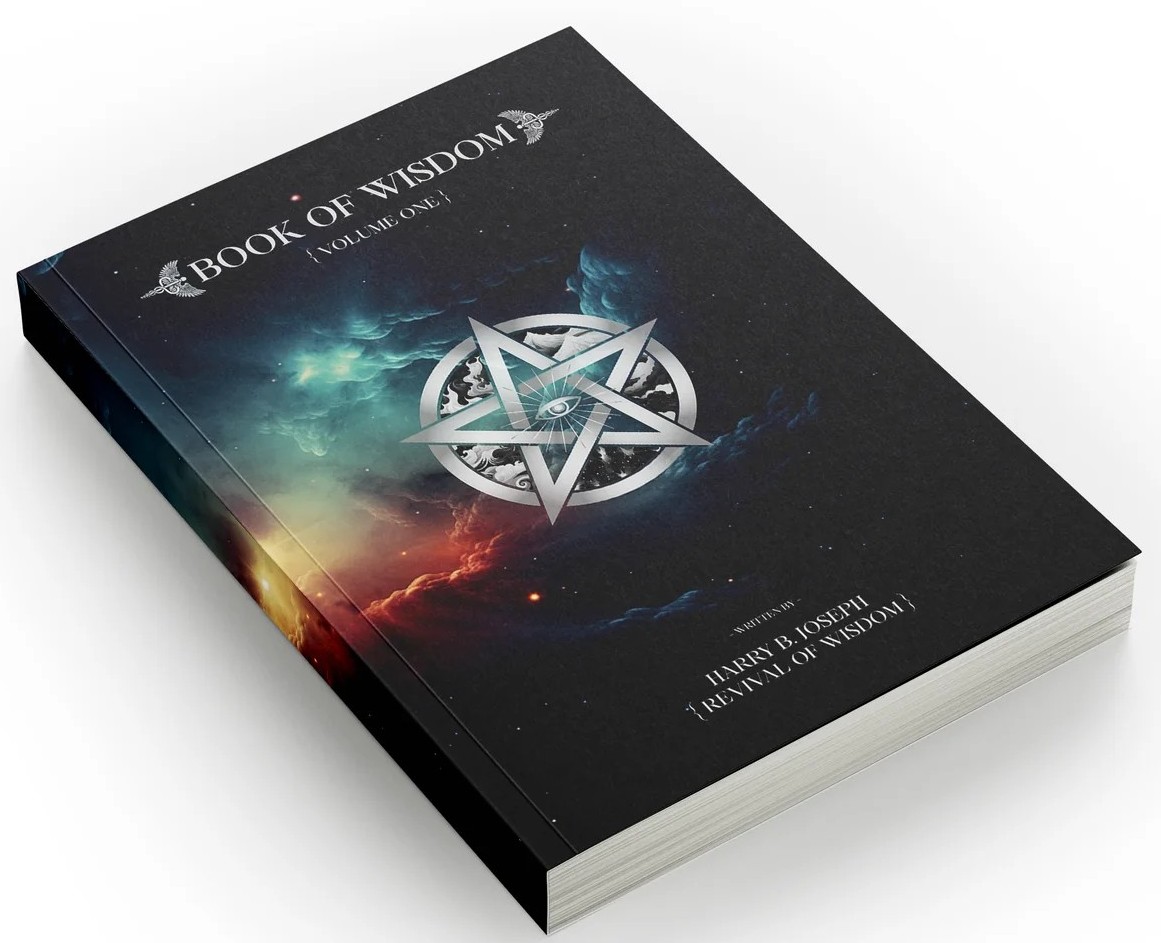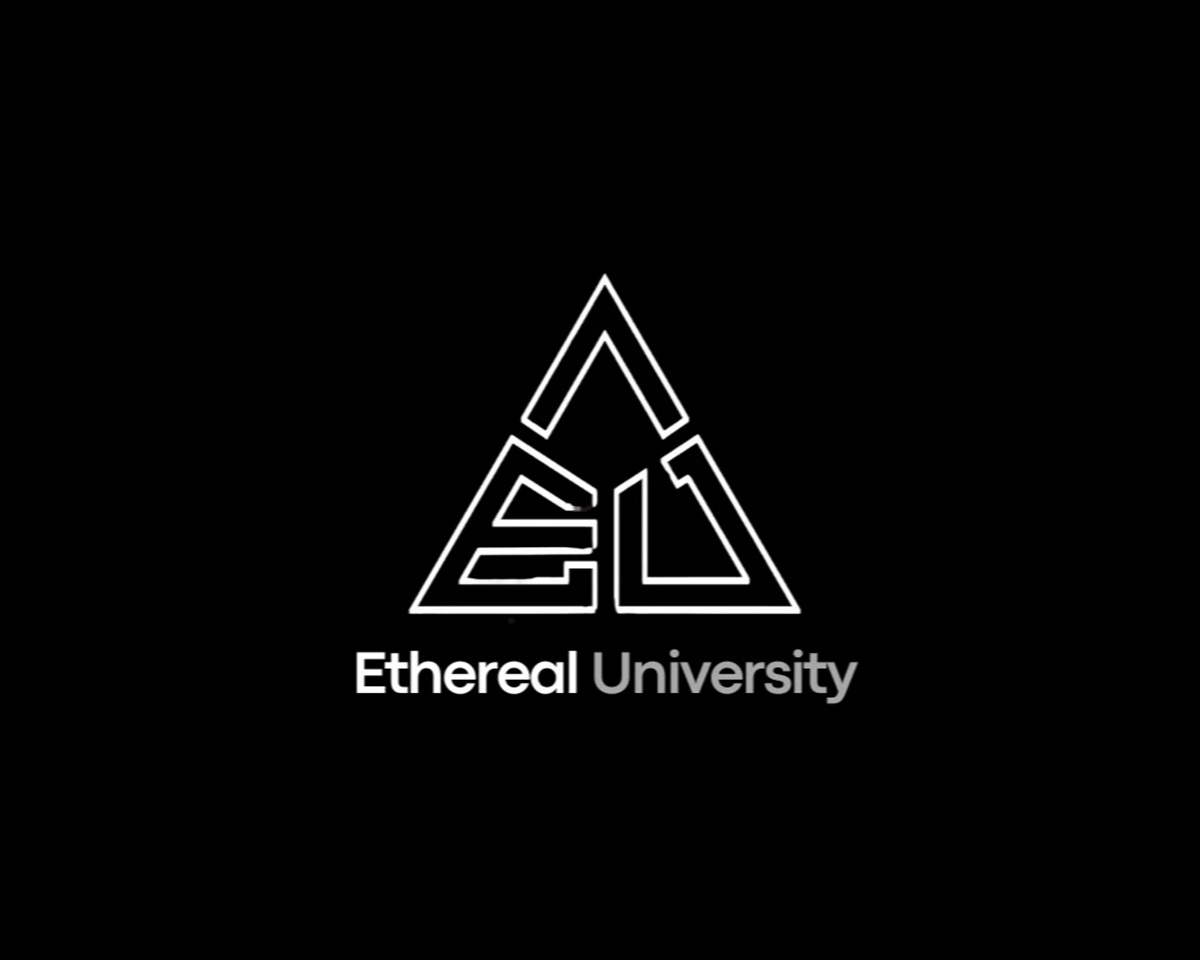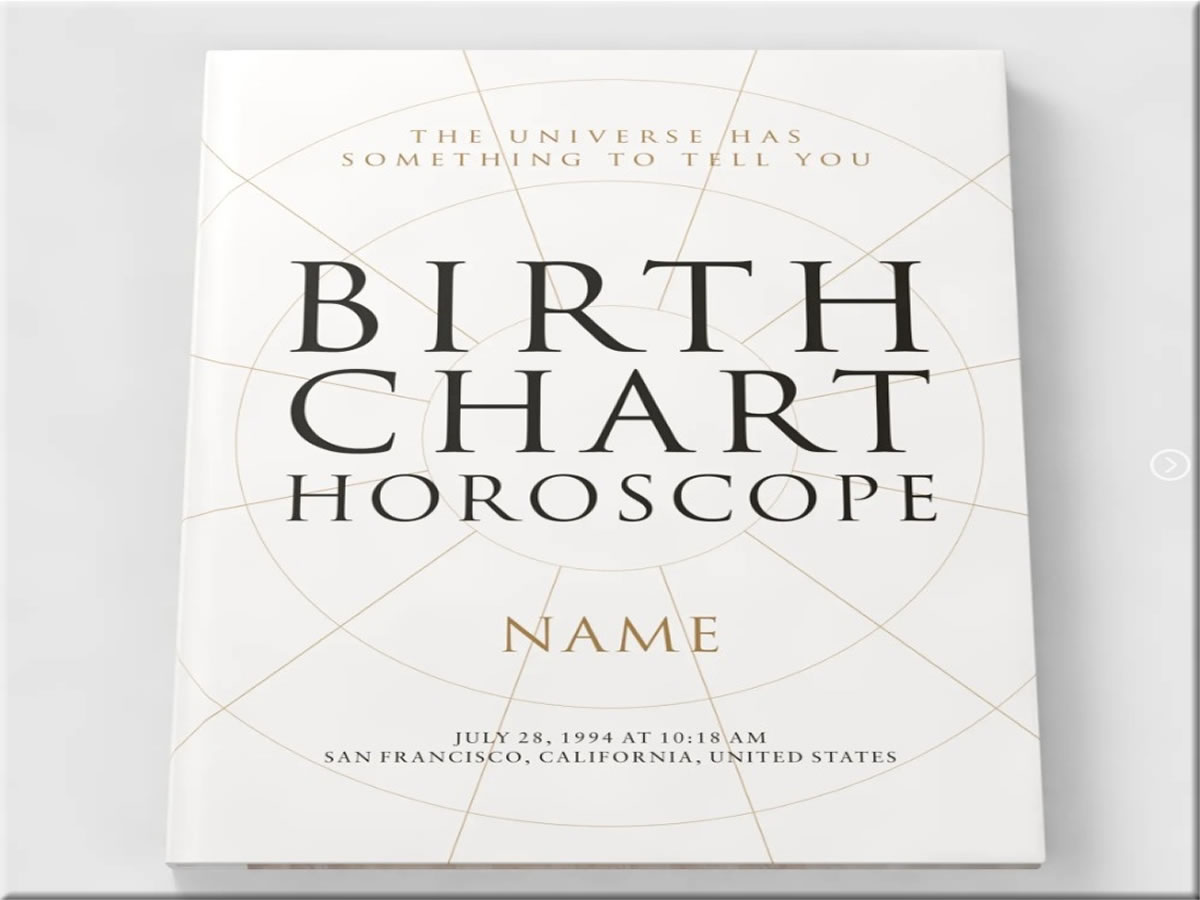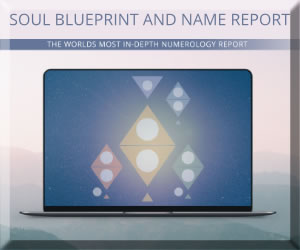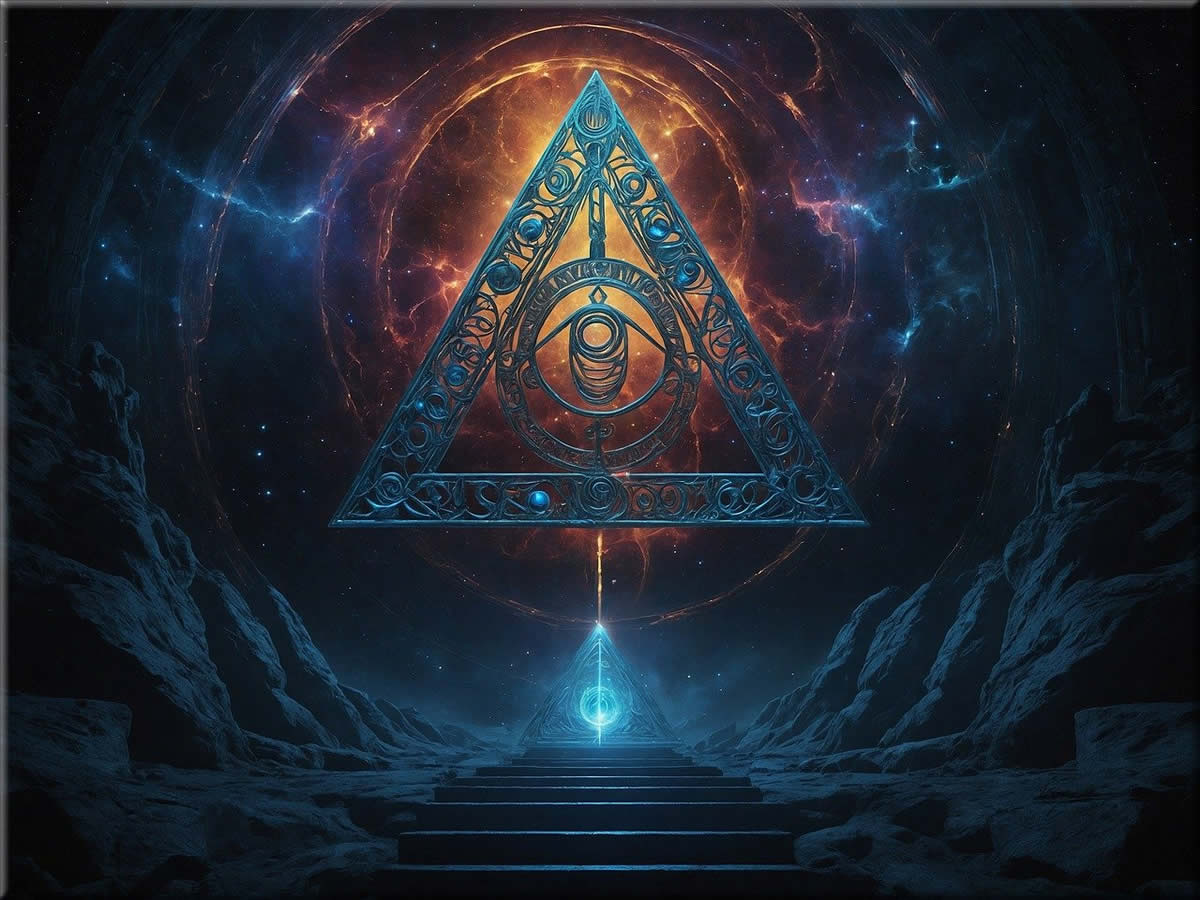
Inside The Secret World Of The Illuminati!
Back in 1776, when ideas were breaking new ground and old systems stood firm, Adam Weishaupt, a professor from Bavaria, stepped into a new era with something radical. With his background in law at the University of Ingolstadt, he had this plan—he called it the Order of the Illuminati. What drove him? He felt quite bothered by how the monarchy and the church suppressed freedom of thought.
So, Adam looked around, partly inspired by the Freemasons, and decided he needed an alternative route to enlightenment. It was like he was searching for a more precise way, a method to spark an intellectual upheaval across European states. He didn’t just notice ideas floating around; he recognized changes that could actually shift how societies stitched themselves together.
So, back in 1776, the world lacked open-mindedness. Traditional powers resisted questioning, and Adam expressed dissatisfaction with the status quo. He saw a need for systems that did not make old-school religious and monarchical practices the only tunes to dance to. It wasn’t about erasing them; it was more about finding a blend, a new type of governance that could keep up with the speed of the Enlightenment.
Check out more videos on our YouTube channel
Now, here’s where his ideas started lining up with those of the Freemasons. Weishaupt contemplated joining them at some point. He wanted to build a brotherhood of sorts, a group capable of pushing boundaries intellectually, and back then, that was one big deal. His idea wasn’t just a rebel yell—it was about practical application, getting people to think and perhaps act differently in those stifling societies.
Adam Weishaupt’s Revolutionary Ideology
Adam Weishaupt saw the world through a challenging lens for the 18th century. Right from the get-go, he questioned the status quo, pointing out how the monarchy and church didn’t align with the burgeoning ideas of personal freedom and liberty. In his view, religion and rigid governmental systems were becoming obsolete. Instead of nurturing growth and free thought, they kept societies shackled in old ways.
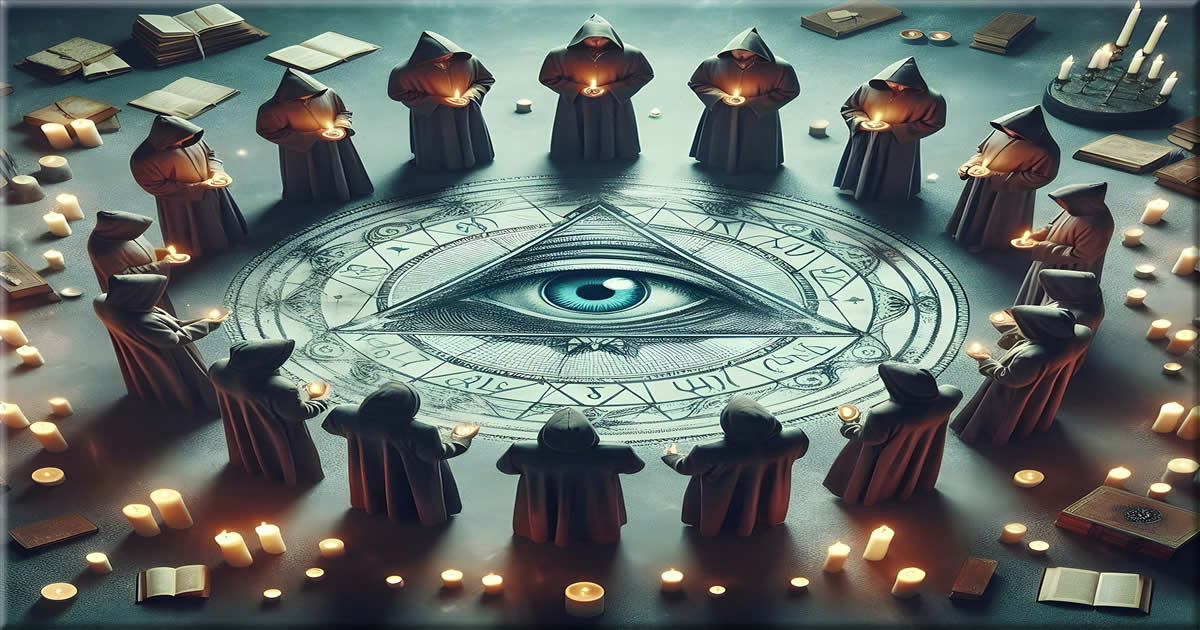
Weishaupt wasn’t just a critic but a thinker inspired by the Enlightenment—a period buzzing with new ideas around reason and science. He believed the Illuminati could catalyze action, influencing European governance structures. This wasn’t about stirring the pot; he aimed for a significant overhaul that would prompt societies to look beyond traditional beliefs and practices.
Furthermore, his approach wasn’t all talk either. Weishaupt drafted meticulous plans around secrecy and strategies, offering a roadmap for change. Members kept their identities under wraps, communicated in codes, and navigated discreet channels, all to challenge entrenched power. This secrecy wasn’t just for drama—it was protection and efficiency in a world unfriendly to dissent.
Another layer of his strategy was the dissemination of ideas. Weishaupt understood that his revolutionary ideas had to spread widely for the Illuminati’s mission to succeed. Through writings, meetings, and carefully cultivated networks, the Illuminati’s philosophies seeped into the minds of those receptive to change—intellectuals, reformists, and even those curious about new directions.
The Disbandment and The Rising Storm of Conspiracies
Despite Adam Weishaupt’s clear directional push for the Illuminati, the group didn’t last long as an official entity. The inherent secrecy and its challenge to authority both stirred trouble, leading to its forced disbandment. Europe’s influential figures didn’t appreciate those actions of going against the grain at the time.
The Bavarian government’s rapid shutdown of the Illuminati stemmed from intercepted documents that revealed their plans and were perceived as revolutionary threats. The rulers and clergy, already wary of its potential, wasted no time in painting the Illuminati as a danger to social order. They claimed the group harbored aims to overthrow not just the church but the monarchy, too.
The Book of Wisdom is a must-have book for every free-thinker and truth-seeker. It offers a wealth of knowledge, encompassing both surface-level truths and deep, hidden insights from the esoteric realm.
Interestingly, these claims and fears sprouted the first seeds of conspiracy. The myths grew as soon as the group disappeared: whispers of shadowy control over events and influences reaching far beyond what was probable were born. The absence of solid evidence didn’t stop the stories from snowballing over the years, building the image of the Illuminati as invisible puppet masters.
These conspiracies took on a life of their own, quickly morphing across generations into our modern-day society. Various groups and individuals have attributed nearly every major historical event to the Illuminati, from wars to government upheavals, even though hard evidence remains elusive. This mystical quality —the aura of hidden power —still fuels countless narratives, making the tale of the Illuminati both fascinating and a cautionary example of how secrecy and power are often entwined.
Notorious Members and Their Contributions
Galileo Galilei is often mentioned as an intriguing figure, given his revolutionary scientific strides, among those associated with the Illuminati. Though his direct involvement may be debatable, his alignment with progressive thought and his challenge to dominant doctrines resonate with the Illuminati’s ideals. For many, he represents the intellectual spirit the group admired and sought to foster.
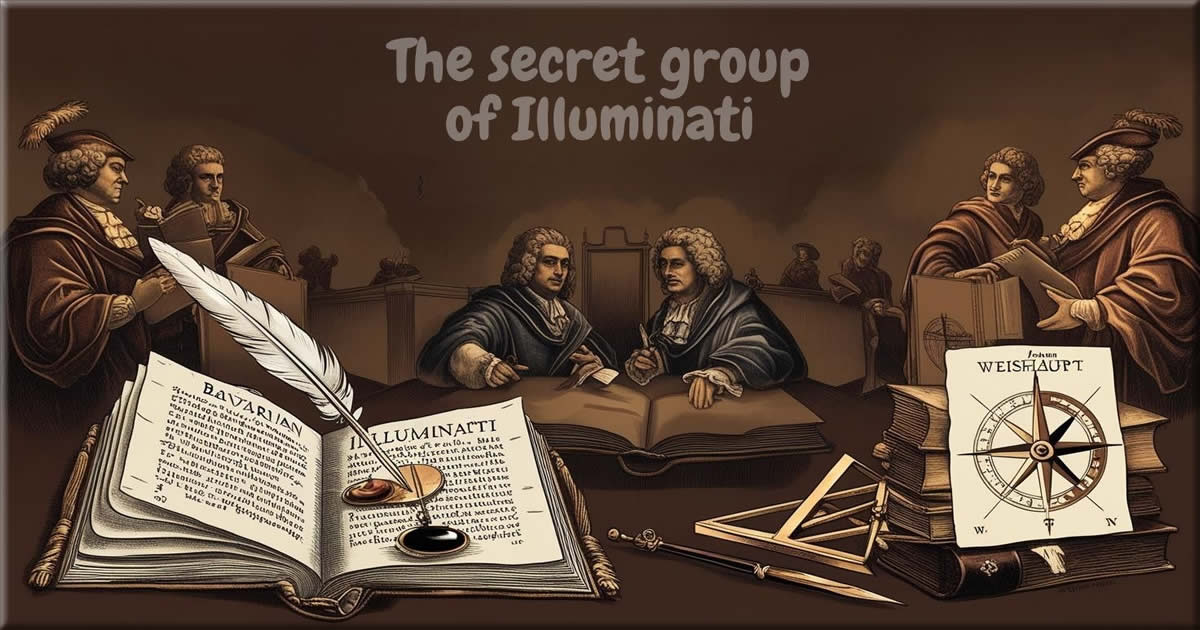
The Illuminati attracted thinkers who shared a commitment to knowledge and societal reform. Consequently, these members were seen as part of an elite circle poised to spearhead meaningful change. Moreover, their contributions often extended beyond society, impacting fields ranging from philosophy to politics, leaving a footprint on the broader Enlightenment era.
Key members used their platform within the Illuminati to push for discussions on governance, ethics, and science. As a result, these discussions often informed their professional endeavors, blurring the lines between secret society meetings and public debates. They embodied the lens through which the Illuminati viewed the world—a blend of critical thinking and visionary planning.
Furthermore, the ripple effect of such contributions can’t be overstated. Many individuals continued influencing European intellectual arenas even after the group’s disbandment. In turn, their work inspired others to question, debate, and reevaluate widely accepted societal norms—mirroring the revolutionary impulse that Weishaupt had ignited within the order.
If you are looking to reprogram yourself and discover the truth, Ethereal University is the key to mastering your mind, breaking free from illusion, and reclaiming control over your life.
Opposing the Catholic Church: Intentions and Implications
When Adam Weishaupt formed the Illuminati, a key target of his reformative zeal was the Catholic Church. The doctrines were seen as restrictive barriers to true enlightenment and free thought. The Illuminati existed in part in opposition to these rigid rules, advocating a world where religious belief did not dictate intellectual boundaries.
The tension between the Illuminati and the Catholic Church was a ticking time bomb. The Church viewed this secretive group as a threat to its authority, and this antagonism played a substantial role in the society’s eventual suppression. But what’s often overlooked is that the Illuminati’s challenge also led to broader discussions on religious freedom and the role of religion in governance.
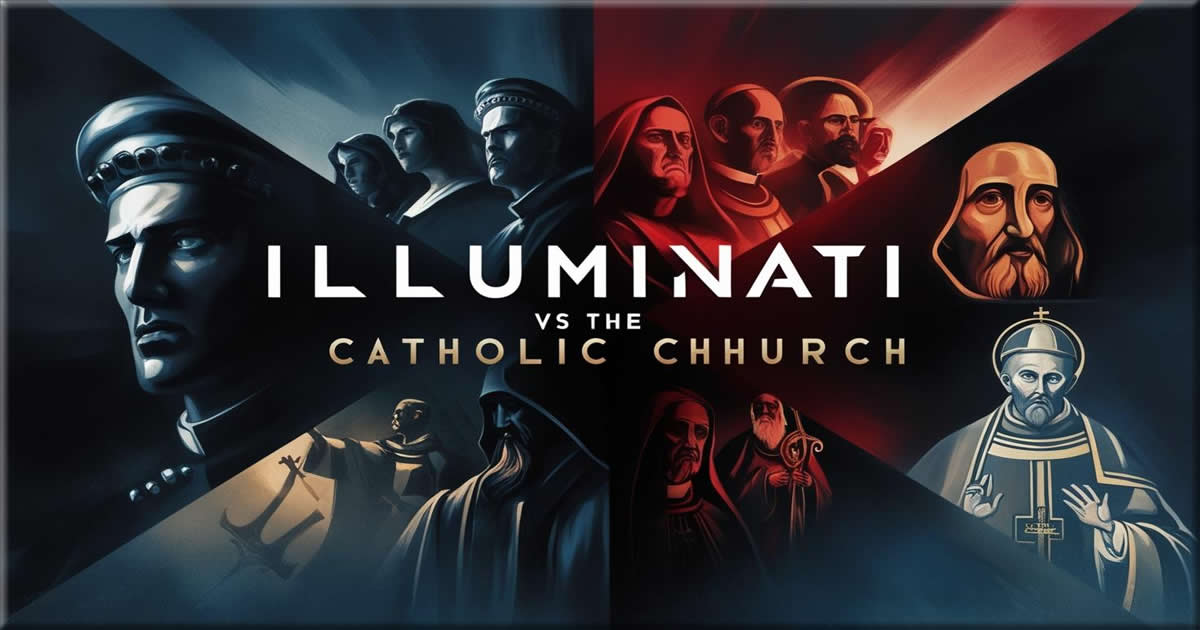
Though Weishaupt’s group disbanded under pressure from the church and the state, its legacy persisted. Questions about the separation of church and state gained traction, paving the way for modern discussions around secular governance. Indeed, many of the debates we have today about the influence of religious institutions on public policy can trace echoes back to the sparks ignited by the Illuminati.
Modern secular movements owe part of their development to these early stirrings. While the Illuminati might be shrouded in mystery and myth, their pursuit of rationalism over dogma and the subsequent reactions by established religious bodies planted seeds for change. These conflicts between secular thought and religious doctrine continue to shape our world.
Additionally, understanding the Illuminati’s role in challenging Catholic doctrines requires seeing the immediate and lasting impacts on how societies view religious influence. Their story offers a lens through which to appreciate how past confrontations help pave the way for nuanced dialogue in contemporary times.
Related Topics
